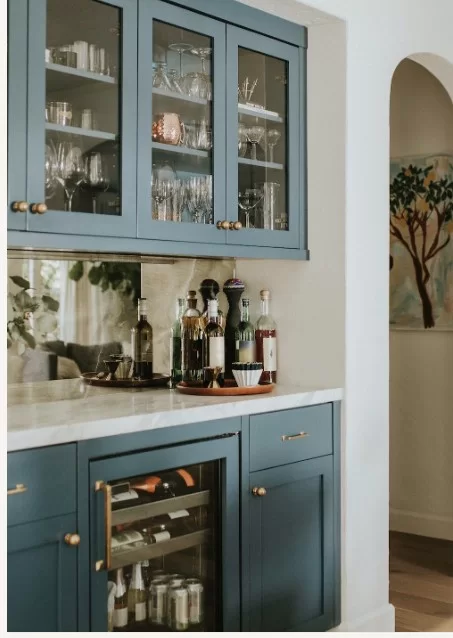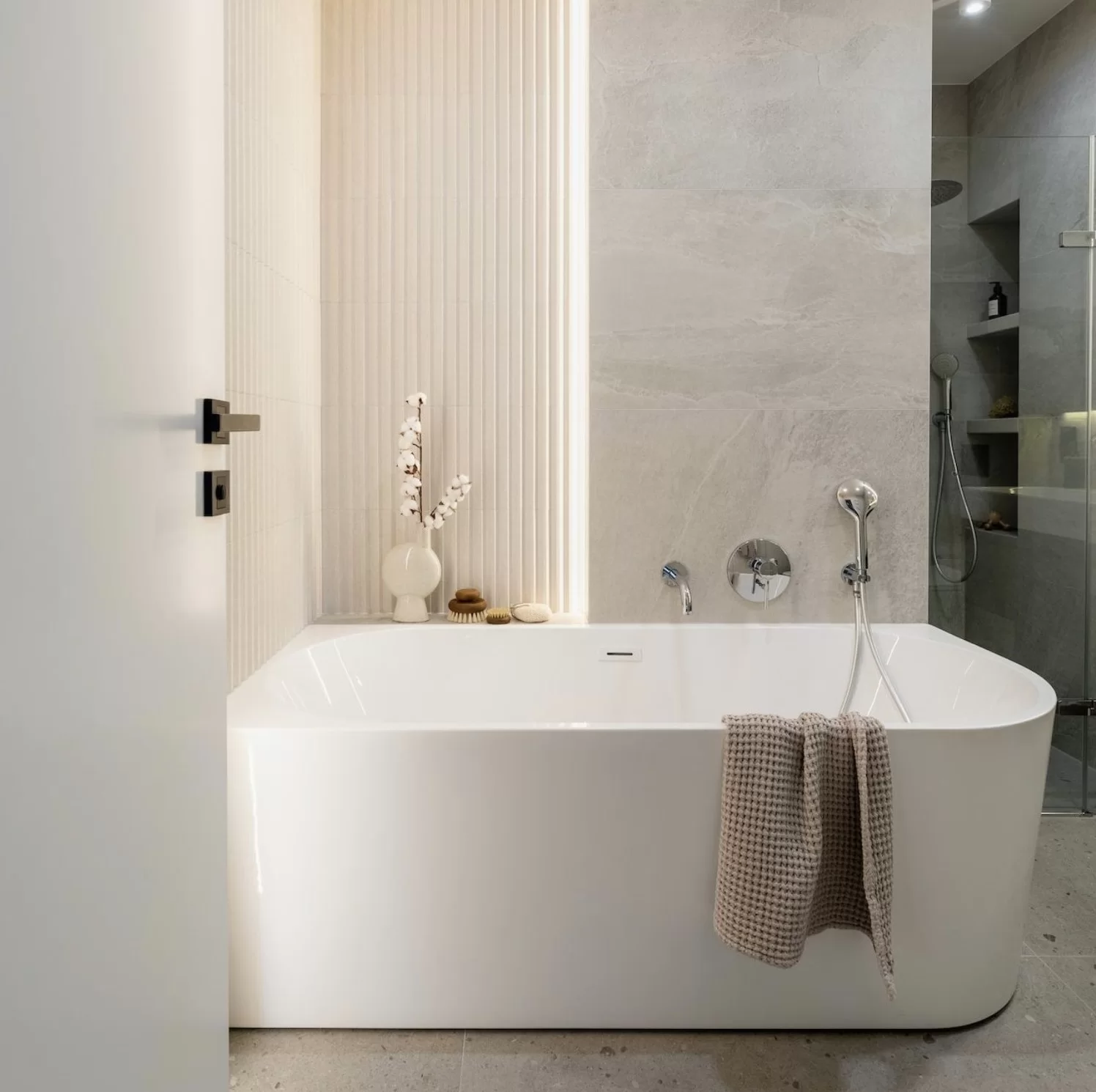The Four Biggest Decisions When Selecting Cabinetry
Choosing the right cabinetry for your home is a crucial step in interior design. Cabinets not only define the aesthetic appeal of a space but also contribute significantly to functionality and storage efficiency. Whether you’re remodeling your kitchen, bathroom, or any other area, here are the four biggest decisions to consider when selecting cabinetry:
1. Material & Construction
The foundation of any cabinet lies in its material and construction quality. The choice of material affects durability, maintenance, and overall appearance. Common options include:
- Solid Wood: Timeless and durable, offering a classic appeal.
- MDF (Medium-Density Fiberboard): Smooth, affordable, and resistant to warping.
- Plywood: Strong and lightweight, often used for high-end cabinetry.
- Particleboard: Budget-friendly but less durable than other options.
- Laminate & Thermofoil: Low-maintenance choices with a variety of finishes.
Beyond material, construction methods such as dovetail joints, soft-close hinges, and reinforced shelves ensure longevity and usability.
2. Style & Aesthetic
Cabinetry plays a key role in defining the overall style of a room. Consider these elements when making a choice:
- Door Style: Shaker, slab, inset, or raised panel doors each create a distinct look.
- Finish & Color: Whether you prefer natural wood stains, painted finishes, or modern gloss, color choices should complement the rest of your space.
- Hardware Selection: Handles, knobs, and pulls add the final touch and can influence the overall feel—whether contemporary, traditional, or transitional.
Matching cabinetry style to the room’s theme ensures a cohesive and elegant design.
3. Storage & Functionality
Beyond aesthetics, cabinetry must be practical and tailored to your lifestyle needs. Think about:
- Custom vs. Stock Cabinets: Custom cabinets provide tailored solutions, while stock cabinets are cost-effective and readily available.
- Interior Organization: Pull-out trays, spice racks, lazy Susans, and built-in dividers enhance efficiency.
- Space Optimization: Consider ceiling-height cabinetry, corner solutions, and under-counter storage to maximize available space.
Well-designed cabinetry improves organization and enhances ease of use in everyday tasks.
4. Budget & Investment
Cabinetry is a significant investment, and balancing cost with quality is essential. Key considerations include:
- Material & Customization Costs: Solid wood and custom-built options tend to be more expensive than prefabricated alternatives.
- Long-Term Value: Durable materials and timeless designs provide lasting value.
- Installation & Labor: Factor in professional installation fees to ensure a flawless finish.
Setting a realistic budget while prioritizing quality ensures that your cabinetry stands the test of time.
Conclusion
Selecting cabinetry involves making informed decisions that balance style, function, and budget. By carefully considering materials, aesthetics, storage options, and investment, you can create a space that is both beautiful and highly functional. Whether revamping a kitchen, bathroom, or other area, well-chosen cabinetry enhances both the form and function of your home.



